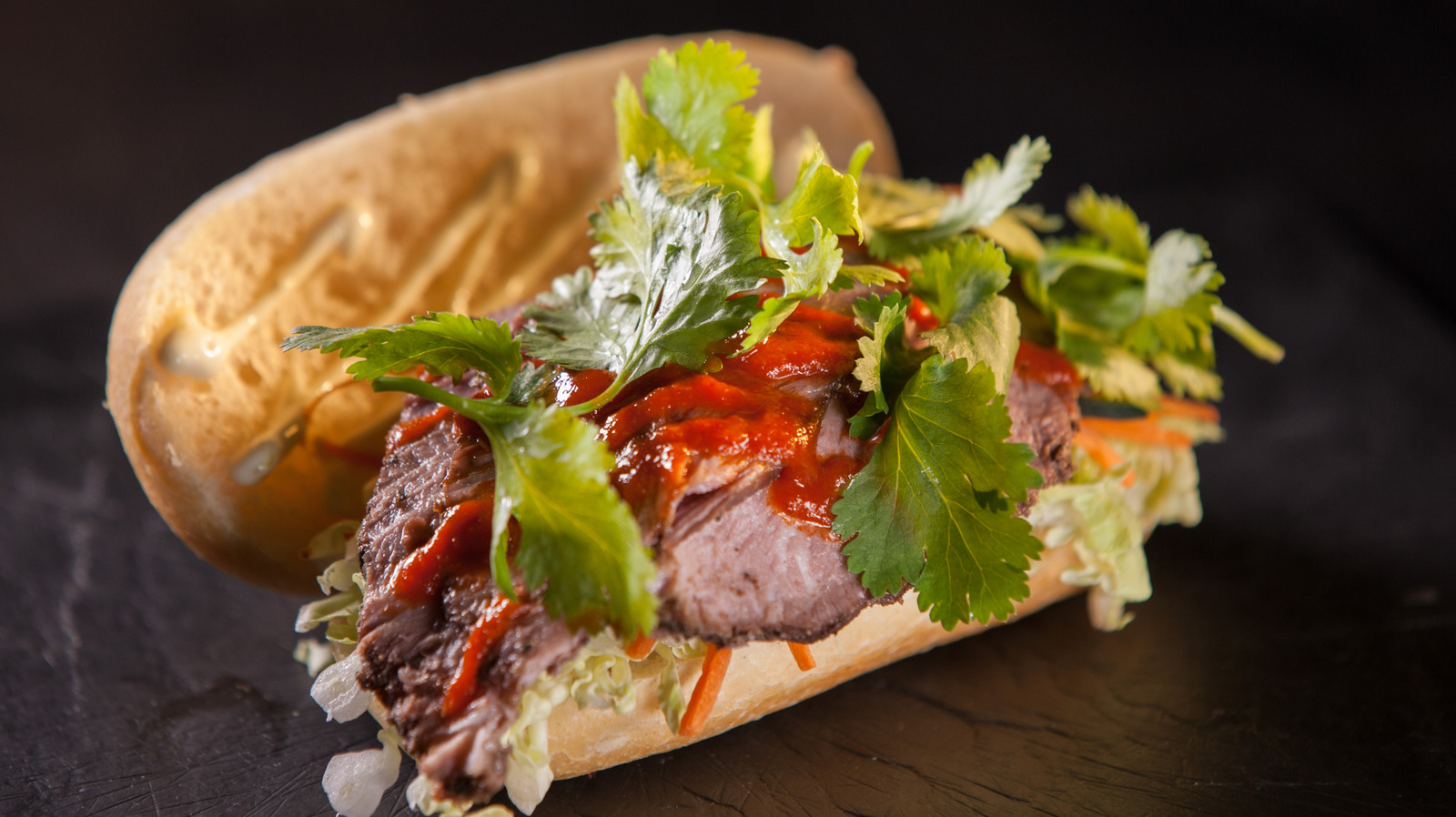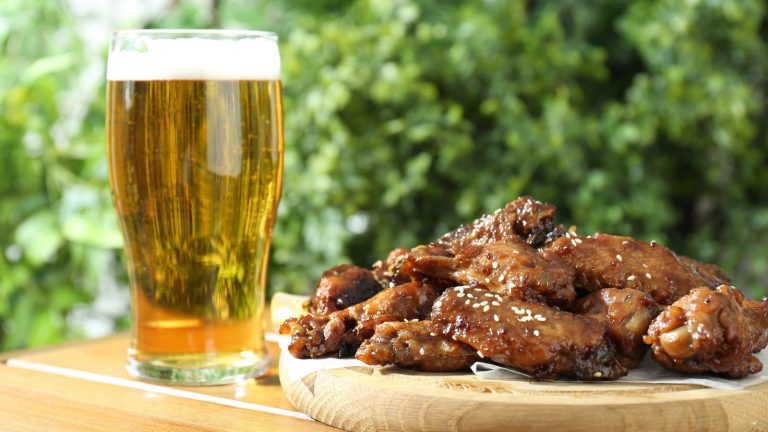You crunch through the crust. Immediately, you’re met with an explosion of marinated meat, soy sauce, and sweet pickled veggies. That’s the unmistakable taste of a simple bánh mì sandwich. These generously filled baguettes have become synonymous with Vietnamese cuisine. Any seasoned traveler knows the score; restaurants and pop-up roadside stands serve bánh mì — especially in major cities like Hanoi and Ho Chi Minh. Fortunately for foodies, these sandwiches spread worldwide as people from Vietnam settled abroad, eventually reaching the U.S., Australia, and Europe. Its arrival in the latter was slightly ironic: This dish was originally born under French colonial rule.
Let’s rewind a little. In 1857, the French leader, Napoleon III, decided to launch an initial invasion of Vietnam as part of his colonial expansion goals. Forces landed in Da Nang in 1858 and, by 1887, had established French Indochina, with Vietnam, Cambodia, and Laos under occupation. In their nearly century-long rule, a fusion of cultures emerged. Unsurprisingly, there was a heavy influence on cuisine, and the concept of bánh mì sandwiches was born with the introduction of traditional French baguettes.
How has the sandwich developed?
The French introduced baguettes, but ultimately, the original sandwich and bánh mì are worlds apart. In France, sandwiches are simple and centered around practicality, like easy assembly or preserved meat. For instance, jambon-beurre: a halved baguette layered with butter and adorned with sliced ham. In Vietnam, colonists would have enjoyed basic bread-based meals, possibly with preservation-friendly pâté. Anyone who has tasted a bánh mì knows the difference.
The redesign of this sandwich coincided with Vietnamese independence in 1954, when Viet Minh overpowered French forces at the Battle of Dien Bien Phu — their final standpoint. The post-colonial renaissance in Vietnam was electric, and with it came ownership of its fusion cuisine.
Bánh mì sandwiches are a prime example. Forget basic flavors and plain old practicality; these sandwiches became an explosion of tastes. Vietnamese influence brought protein variations, like egg, chicken, and pork belly (the absolute best type of meat to use in a bánh mì sandwich). Most importantly, it revolutionized the sandwich with pickled veggies herbs, and pork. Remember its roots next time you treat yourself to a bánh mì — and maybe learn about Bò Né, the Vietnamese steak and egg dish, while you’re at it.






